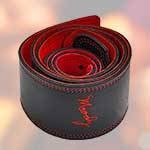Released in 2018 by MOOG, the SUBSEQUENT37 and SUBSEQUENT25 continue to hold a top share among synthesizers. Let's delve into what makes these instruments so captivating.
MOOG / Subsequent 25 Analog Synthesizer
The historic MOOG company has released many synthesizers into the world. In Japan, the company is known for iconic products such as the modular synths IIIC and Model 10, as well as the Minimoog, Polymoog, Taurus, and MOOG ONE. These representative models alone demonstrate the company's renowned reputation.
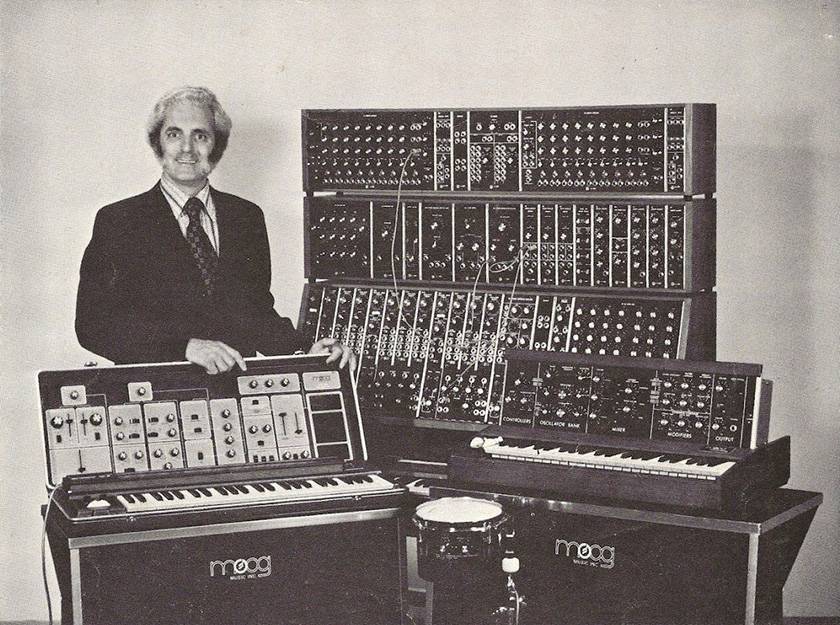
Robert Moog, public domain (quoted from Wikipedia)

Minimoog, public domain (quoted from Wikipedia)
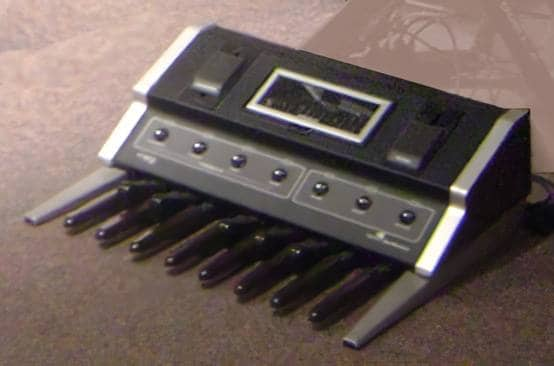
Moog Taurus, CC BY 2.0 (quoted from Wikipedia)
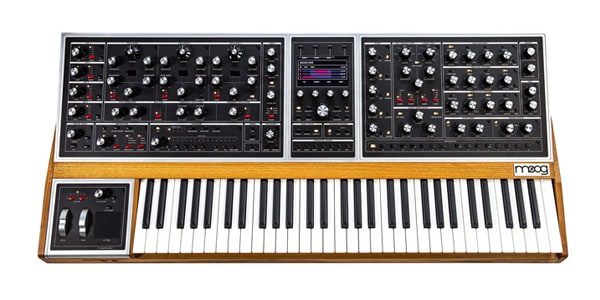
The SUBSEQUENT37 is a current synthesizer that is a direct descendant of the monophonic synth lineage starting from the Minimoog.
In the 2000s, the Phatty series, including the Little Phatty, Little Phatty Stage II, and Sub Phatty, were released.
All of these had either 37 or 25 keys.
A main feature is that the knobs and other controls are fixed at an approximately 45-degree angle. As analog synthesizers, they have a single output system.
Due to their small size and fewer keys, as mentioned above, they are easier to use in limited spaces and more portable compared to models with more keys.
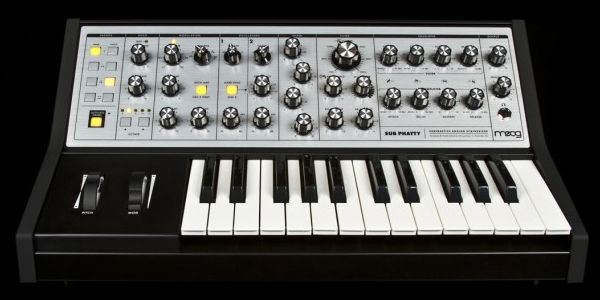
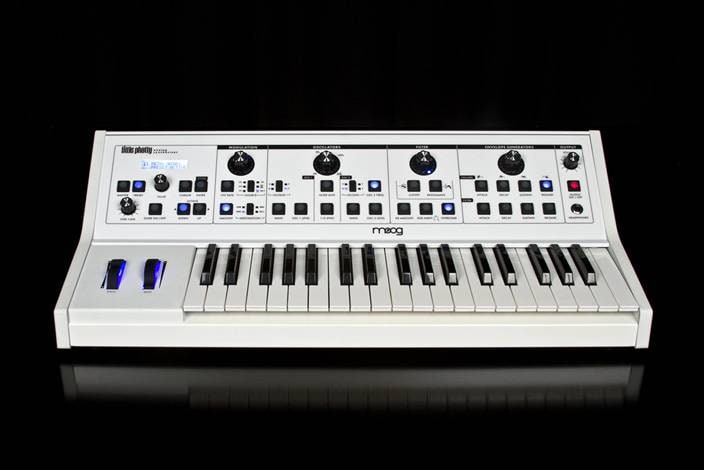
After that, the Sub 37 Tribute Edition was released in a limited quantity. It was a 2-note paraphonic analog synthesizer equipped with the sound source system of the Sub Phatty.
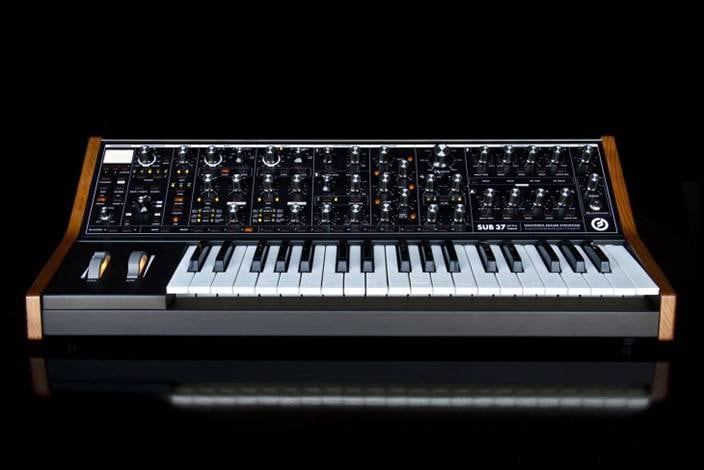
Subsequently, the SUBSEQUENT37 was released, based on the design of the Sub 37 Tribute Edition. It features many improvements, such as added sequencing functions and enhanced duo mode with double the headroom.
Next, let's discuss the differences between the SUBSEQUENT37 and SUBSEQUENT25.
The most obvious difference is the number of keys: 37 keys versus 25 keys, approximately one octave.
While their basic functions are almost the same, the main differences are the presence of an external input and the number of presets.
The SUBSEQUENT37 has a TS external input jack, allowing external audio sources to be used like oscillators.
The number of presets differs significantly, with the SUBSEQUENT37 having 256 sounds and the SUBSEQUENT25 having 16 sounds.
Primarily, synthesizer players using multiple devices often used the SUBSEQUENT37 as the top keyboard for solo sounds.
Nowadays, not only keyboardists and vocalists but also bassists and guitarists are using these synthesizers, thanks to the diverse developments in music.
Especially, the SUBSEQUENT37 is often seen being used by bassists on TV and during live performances. This is likely due to its fewer keys and monophonic nature, making it suitable for synth bass.
The paraphonic and duo modes mentioned several times so far, as their names suggest, differ from traditional monophonic synthesizers (which only play one note at a time) by allowing the simultaneous output of two notes.
When changing octaves or shifting tones, a traditional monophonic synth would switch sounds, but with paraphonic or duo modes, you can smoothly transition between notes and even play two separate sounds simultaneously.
Although it is uncertain if anyone uses it this way, it is also possible to play two-note chords.
I purchased the SUBSEQUENT37 around last summer and have been using it personally.
Before that, I used the MICROKORG as my analog synth, but since I primarily used it monophonically and always wanted a MOOG, I decided to buy the SUBSEQUENT37.
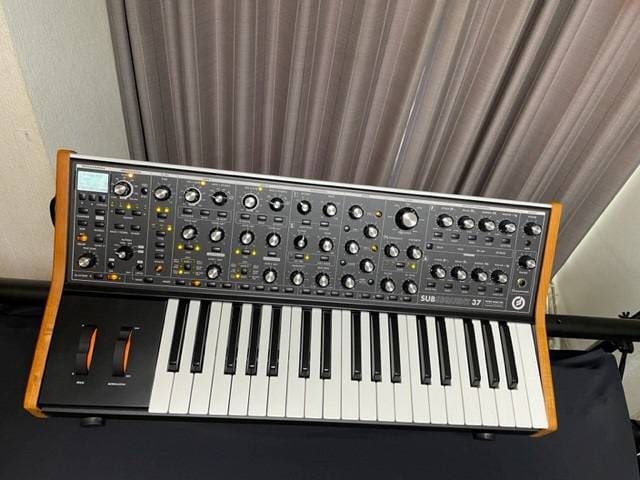
Primarily, I use it as a lead synth for solos and melodies, as well as for synth bass.
This model is often recommended for synth bass due to its strong characteristics in the low-frequency range, including the presence of a low-pass filter. It also produces clear sounds, making it well-suited for lead sounds.
When deciding between the SUBSEQUENT37 and SUBSEQUENT25, I personally believe that if the number of presets, the number of keys, and the use of external inputs are not important to you, and you mainly want to create synth bass sounds, then the SUBSEQUENT25 is more budget-friendly to the performance.
We've explored the appeal and uses of the SUBSEQUENT37 and SUBSEQUENT25. Recently, MOOG has also focused on reviving vintage synthesizers, releasing two models based on products from before 1990:
The iconic MOOG product, the Minimoog, features a liftable module section and a ladder filter, making it the origin of all subsequent MOOG synthesizers.
MOOG / Moog Model 10 Modular Synthesizer
Known for its use by YMO, it is a synthesizer that allows changing modulation connections by plugging and unplugging cables, and is considered the origin of modular synthesizers.
Given that it was a limited quantity release, few people could purchase it. However, due to high demand from vintage synth enthusiasts and others, there is a possibility that the manufacturer may restart production in the future.
MOOG has many synthesizers that were at the forefront of trends in their time, so there is potential for the revival of other models as well.
Moving slightly off-topic, but what did you think?
The MOOG SUBSEQUENT37 and SUBSEQUENT25 are excellent choices not only for keyboardists but also for those considering synth bass, guitarists, bassists, and anyone looking to incorporate synth sounds into their band. If you want to use equipment favored by famous musicians, these models are definitely worth considering.





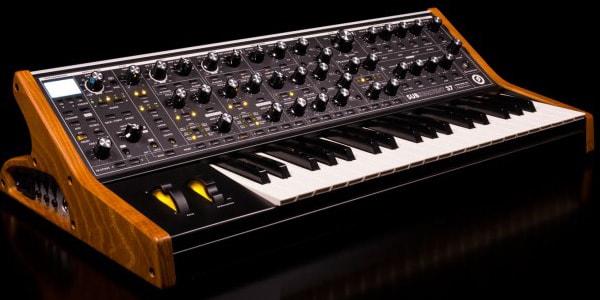
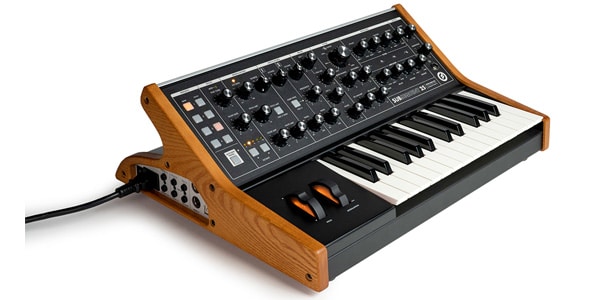
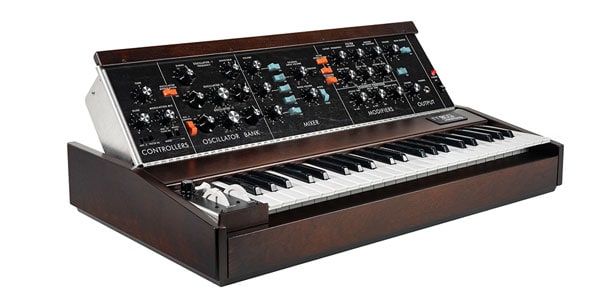
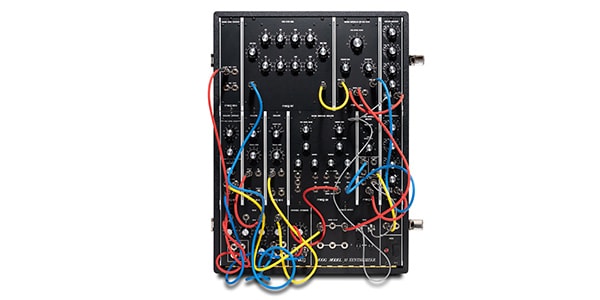

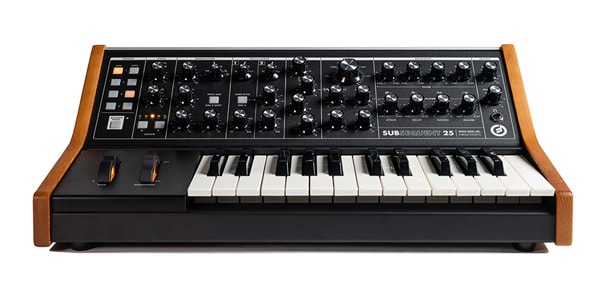

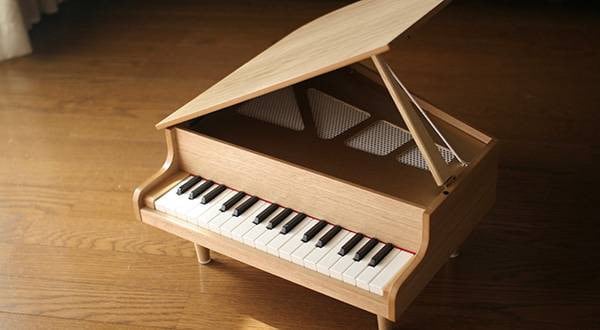
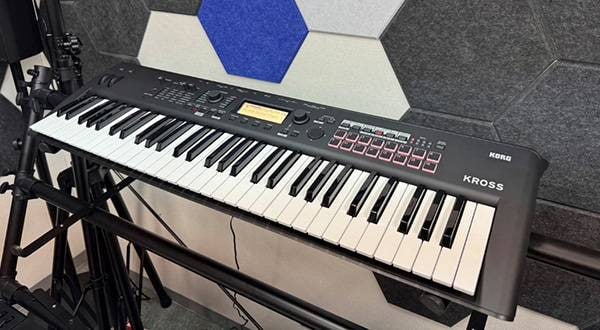

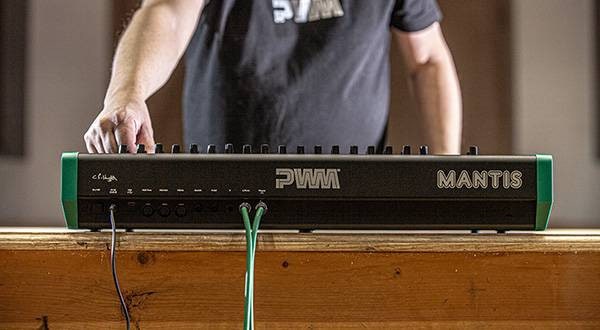
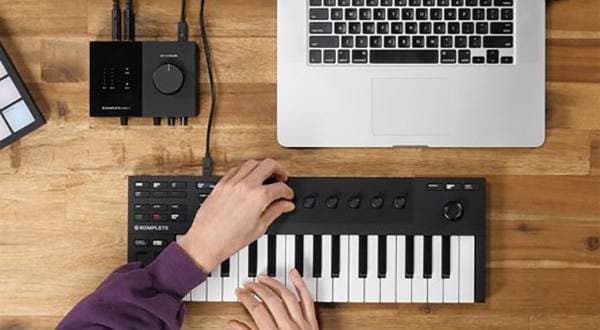
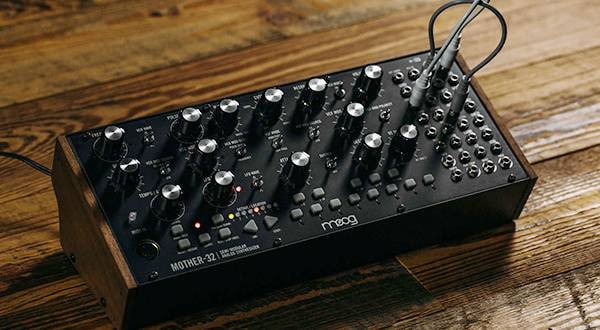
![Enchanting Instruments 63 - Electronic Sound Source Mechanism 3: Analog Synthesizer [Subtractive Synthesis]](/contents/uploads/thumbs/5/2023/5/20230509_5_22461_1.jpg)
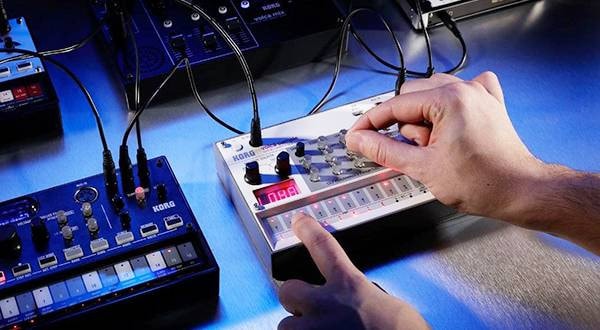
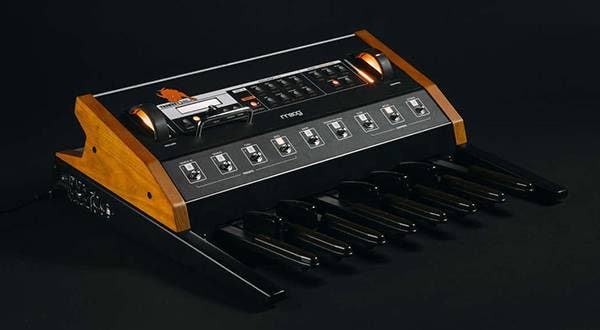
![[2025 Latest Edition] Choosing a Synthesizer/Popular Synthesizers Ranking](/contents/uploads/thumbs/2/2022/9/20220916_2_19446_1.jpg)
![[2025 Latest Edition!] Popular Modular Synthesizer/Semi-Modular Synthesizer Ranking [Recommendations]](/contents/uploads/thumbs/2/2021/12/20211202_2_15495_1.jpg)
 自分にあったピアノを選ぼう!役立つピアノ用語集
自分にあったピアノを選ぼう!役立つピアノ用語集
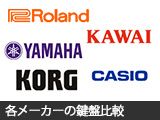 各メーカーの鍵盤比較
各メーカーの鍵盤比較
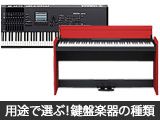 用途で選ぶ!鍵盤楽器の種類
用途で選ぶ!鍵盤楽器の種類
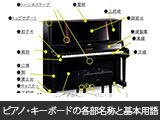 ピアノ・キーボードの各部名称
ピアノ・キーボードの各部名称
 キーボードスタートガイド
キーボードスタートガイド
 キーボード・ピアノ講座
キーボード・ピアノ講座

